Did You Know That Saddle Fit Issues Are Really Horse Body Issues?
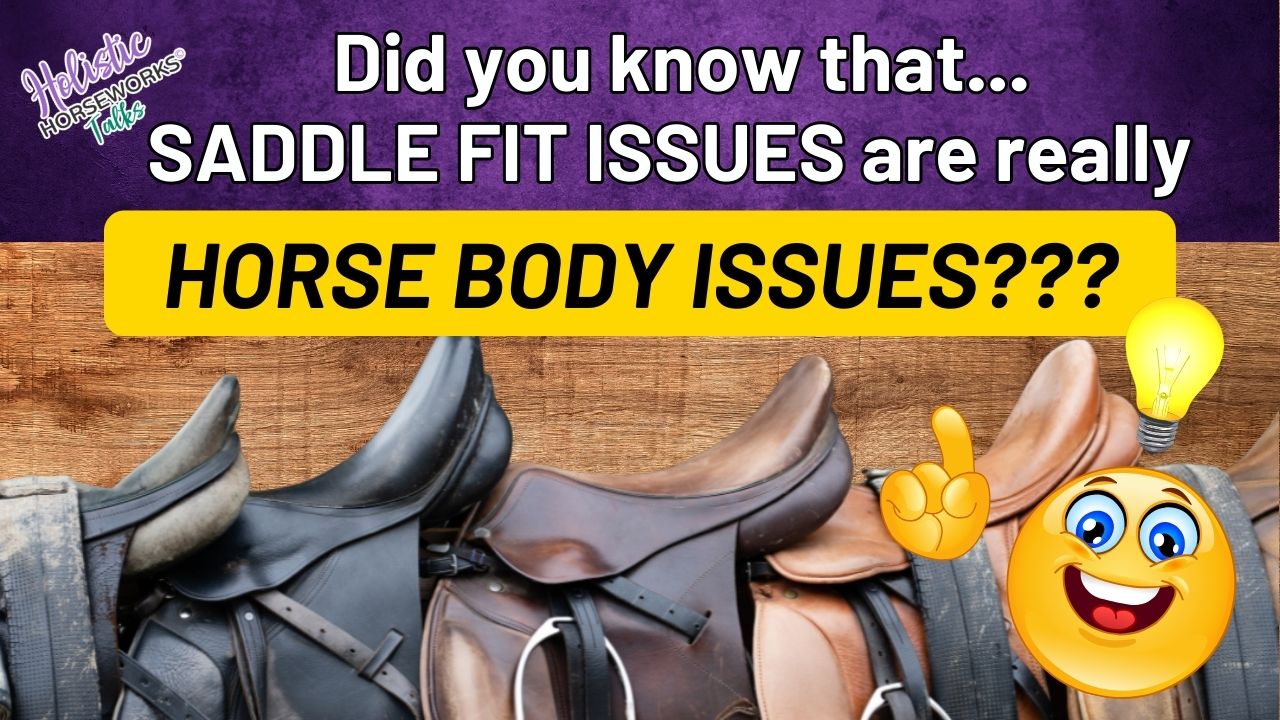
Share This Post:
 Common Issues with Saddle Fit
Common Issues with Saddle Fit
Finding an appropriately fitting saddle can be a perplexing issue for horse owners. Often, it’s not the saddle that needs changing — it’s the horse’s body shape.
When a horse is sore, he will adjust his way of going to avoid the pain. He won’t be noticeably lame, but will be using one side of the body differently than the other. Over time, the musculature grows on one side and shrinks on the other.
Many people spend a lot of money trying to get a saddle that fits a crooked horse. A customized saddle will fit the horse for a time, then the horse’s body changes, and that expensive saddle no longer fits well.
Before spending a bunch of money on custom saddles, do bodywork to straighten out the horse. Regular bodywork will help keep the horse balanced so the saddle continues to be comfortable.
After a 45-minute to an hour bodywork session, the horse will become straighter, and the custom-made saddle won’t fit as well. So, then you must spend more money on a new saddle. Obviously, it’s much more cost-effective to work on the horse first.
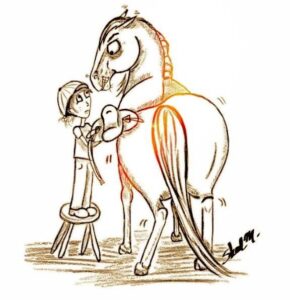 Assessing Saddle Fit and Discomfort
Assessing Saddle Fit and Discomfort
When you put a saddle on a horse’s back and they pin their ears, swish their tail, and kick, they are telling you that they anticipate pain. White hairs will appear in areas where the saddle is too tight and puts too much pressure on that area. A horse that is uncomfortable under saddle may buck, balk or bolt. Riders will often blame the horse’s training for this misbehavior. They will then try to train the buck out of the horse and soon the horse becomes sorer and will be labeled as having a bad attitude.
Put your horse on a hard, flat surface. Stand about 10 feet behind the horse. You can stand up on a mounting block, and look at your horse’s butt, back, withers, and shoulders. Does the horse look symmetrical? Is one hip higher than the other? Is one side of the rib cage higher, etc. When one shoulder is bigger, that means that side is working harder because the horse is compensating to avoid the pain.
What causes crookedness?
Horses will compensate for sore joints by changing the way they travel. After a time, the muscles will begin to become stronger on one side, and the horse becomes lopsided. Then, when you put a straight treed saddle on the horse, it doesn’t fit quite right. The saddle can pinch the horse and create more pain. The horse then learns to avoid the pain by changing how he moves, and becomes even more lopsided.
Differences in Saddles
When you put a straight-tree saddle on an asymmetrical horse and girth them up tight, you’re forcing the horse’s body to meet the underside of the saddle instead of the other way around. It won’t be comfortable, and the horse won’t be able to perform the way you want him to.
Typical saddles are built on an inflexible frame or “tree” made of metal, wood, or fiberglass. Padding can be added or removed, or re-flocked to try to make the horse more comfortable. That should be done by a professional saddler. Many riders try thicker saddle pads, foam wedges, and other gimmicks, but in the long run, it is better to have a well-fitting saddle.
Some saddles have adjustable trees which have proven to fit a wide range of horse shapes, but they are still not the solution for all fitting issues. You will also need a professional to adjust the tree when needed.
There are treeless saddles that offer more flexibility as the horse gains or loses muscle. Some are not much more than a fancy bareback pad while others look just like treed saddles.
The horse’s shape is going to change as his fitness improves. Treeless saddles will adjust better to the horse’s new muscling than a straight treed saddle.
Start with the Horse, Not the Saddle
Saddle fit isn’t just about the saddle — it’s about the ever-changing body of the horse beneath it. While it’s tempting to invest in custom saddles or quick fixes like padded inserts, lasting comfort and performance come from addressing the root of the issue: your horse’s physical balance and symmetry. Regular bodywork can help correct and maintain that balance, making saddle fitting easier, more effective, and more economical over time. Start with the horse’s body, not the tack, and you’ll set the stage for a more comfortable ride and a happier, healthier partner.
🐎 Bodywork to Unlock Better Saddle Fit
Equine Musculoskeletal Unwinding is a gentle, effective technique that helps restore symmetry, release tension, and bring your horse’s body back into alignment. After just one session, many horses move more freely, stand more evenly, and show immediate signs of relief, setting the stage for better saddle fit and better performance.
Check out our hands-on equine remedial therapy clinics, available all over the globe →
6 Must-Know Hore Care Tips for Winter
In this comprehensive guide, we'll share five essential cold weather horse care tips straight from the experts at Holistic Horseworks.Whether you're dealing with freezing
Equine Vaccines: What’s In Them and How to Help Your Horse Naturally
Vaccines are often considered a cornerstone of equine health, but have you ever wondered exactly what’s in them, or how they might be affecting
Barn Life Tips for a Bug Free Summer
Every season, I hear from folks battling mosquitoes, flies, and ticks in the barn, garden, and pasture. Over the years, I’ve found a few
Horses Are Talking, Are You Listening?
Holistic equine expert April Love wants you to know: your horse is speaking. And once you learn how to listen, everything changes. In her
How a Distance Reading CHANGED Kimberly and Her Horse
In this interview, holistic healing expert April Love uncovers the deep, often invisible threads connecting horse and human wellness. Join Kimberly, host of The
Summer Travel Tips for Your Horse: Keep Them Happy, Healthy, & Hydrated
Traveling to summer shows and events can be exciting, but for our horses, it often comes with a heavy load of emotional and physical
Mud Fever Prevention and Remedies
Mud fever, also known as pastern dermatitis, scratches, grease heel, etc., is a common skin condition in horses caused by a combination of wet
Is It Really a Training Problem, or Is Your Horse in Pain?
If your horse bucks, resists the canter, or just feels off under saddle, the first thing many people assume is that it’s a training
Did You Know That Saddle Fit Issues Are Really Horse Body Issues?
Saddle fit isn’t just about the saddle — it’s about the ever-changing body of the horse beneath it. While it’s tempting to invest in
Useful, Helpful Tips and Tricks for Horse Care | April Love’s Interview on The Backyard Horse Enthusiast
What would you do if your horse was limping, colicking, or spooking—and no one could tell you why? That question lit a fire in



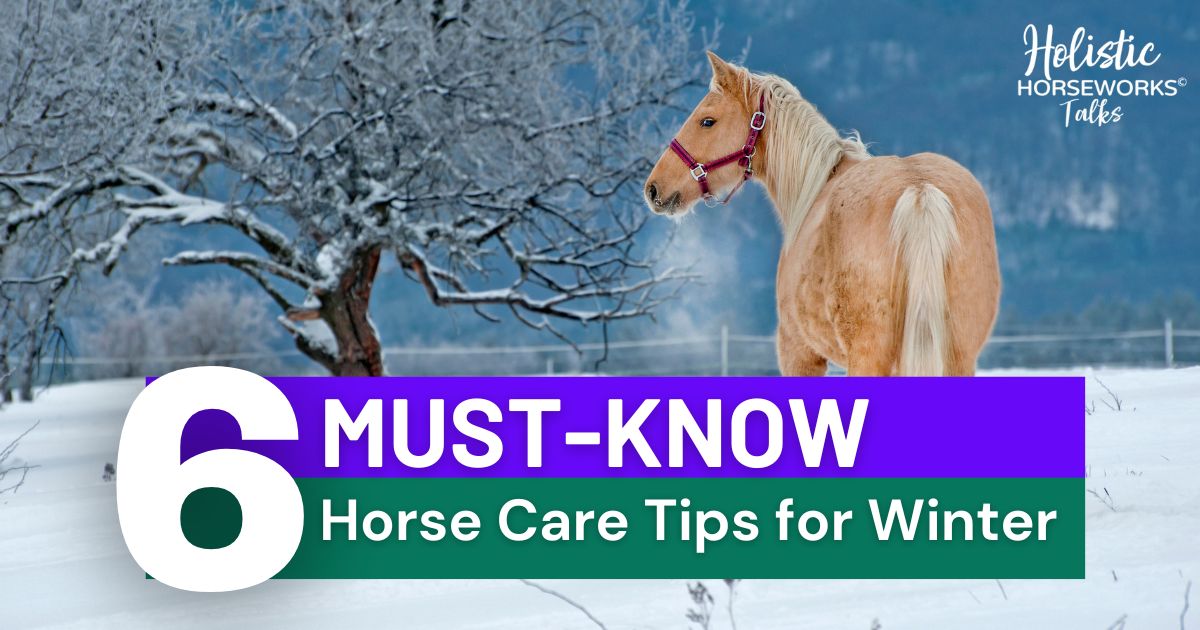
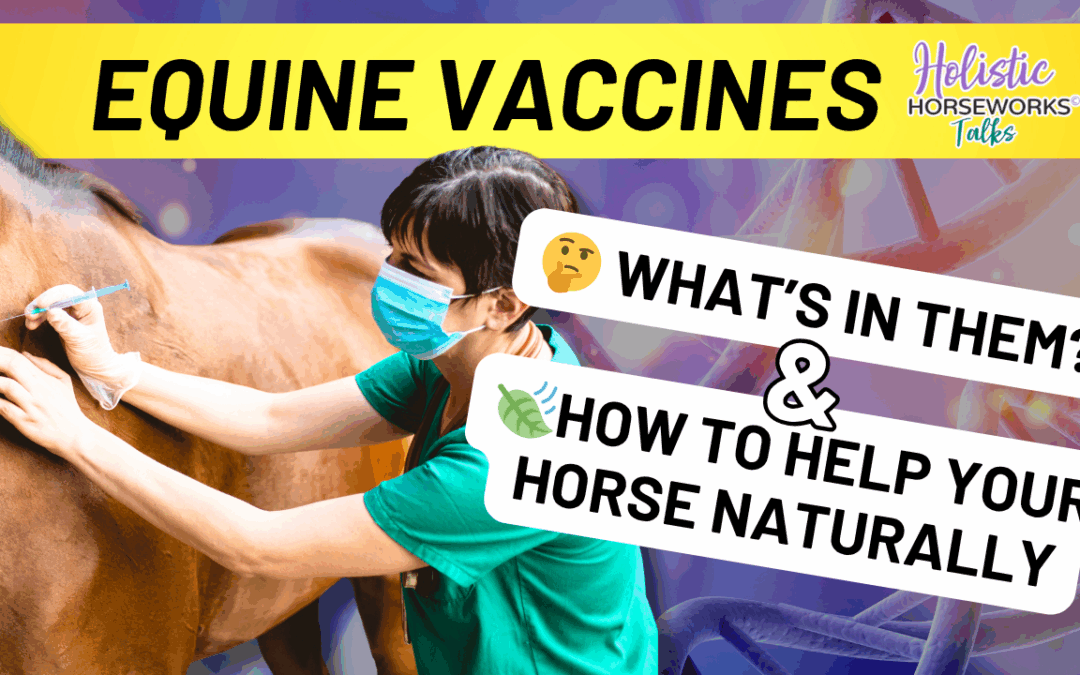

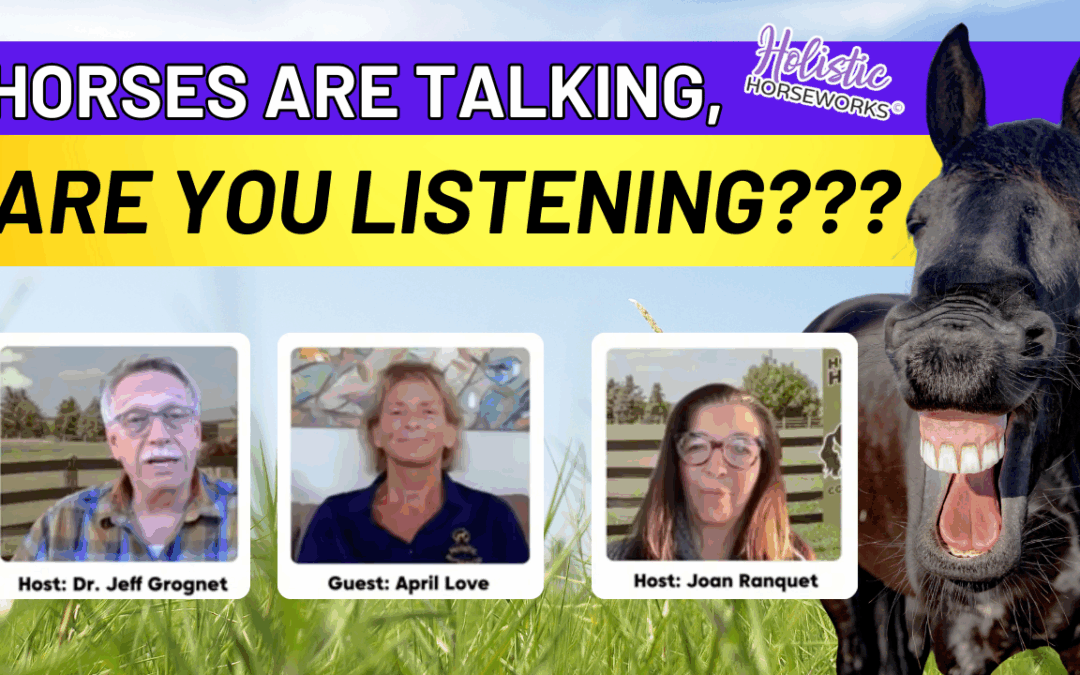
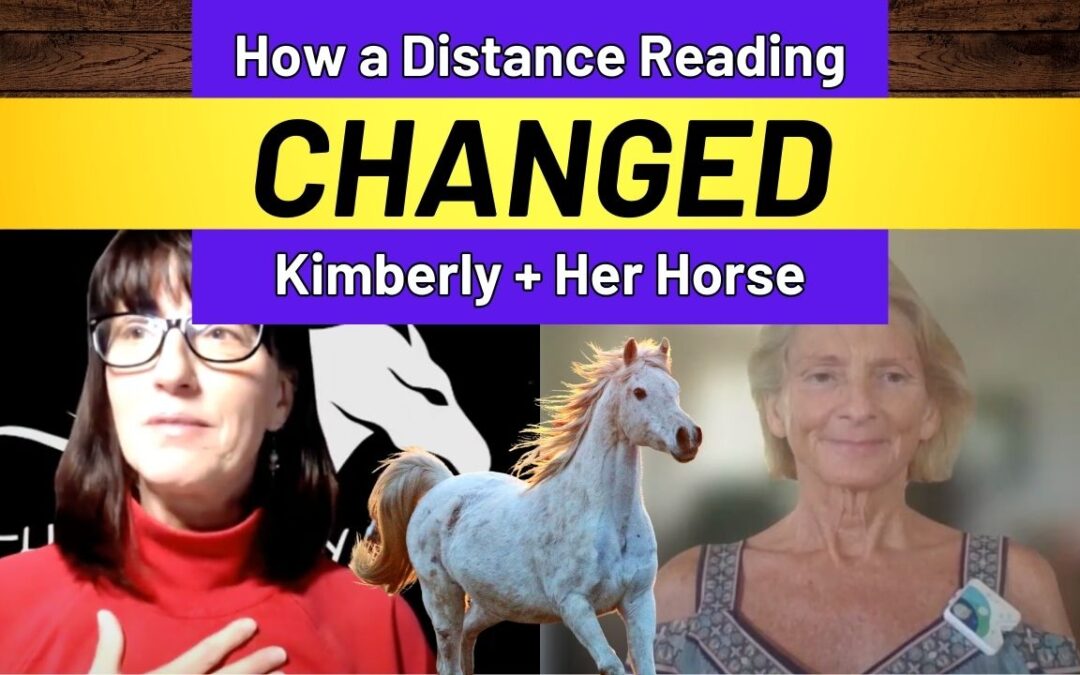

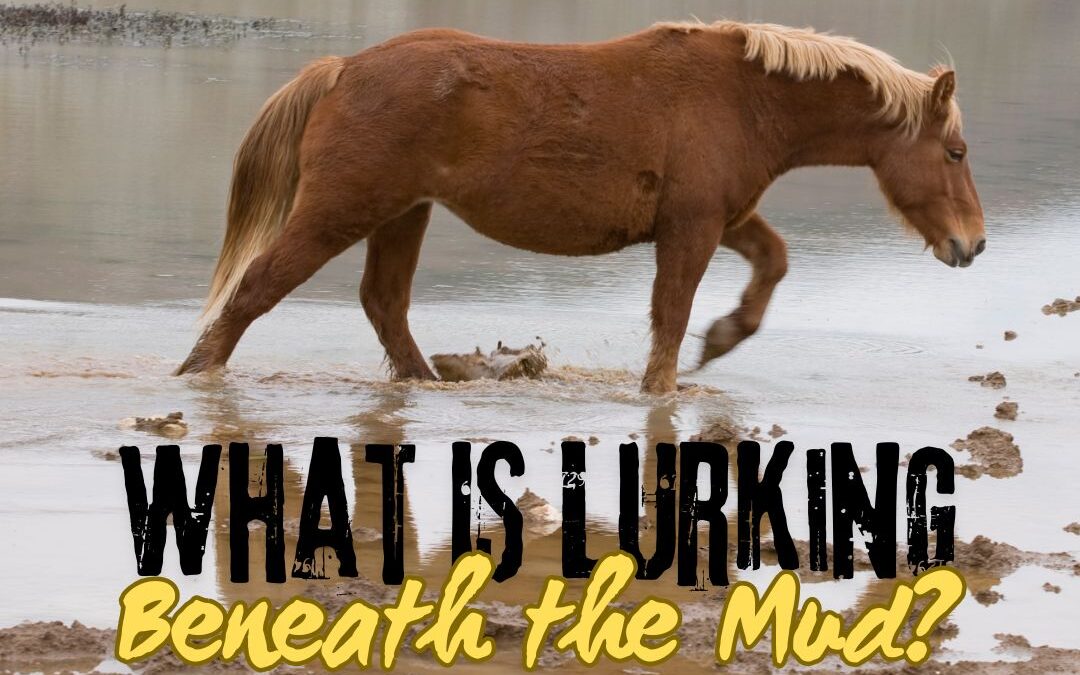
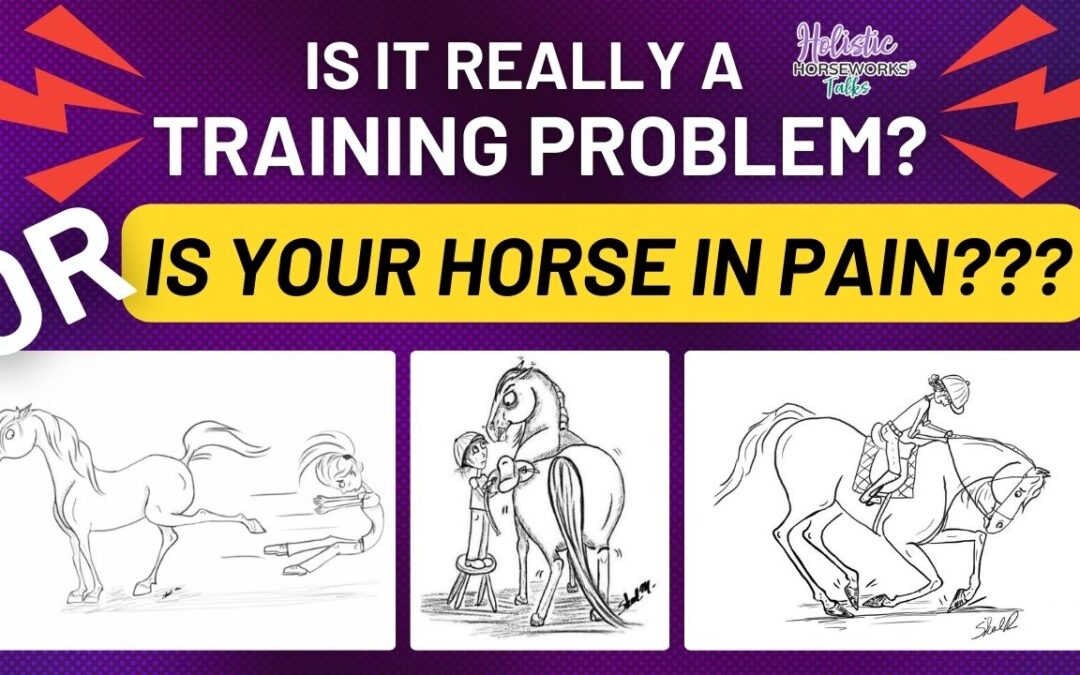

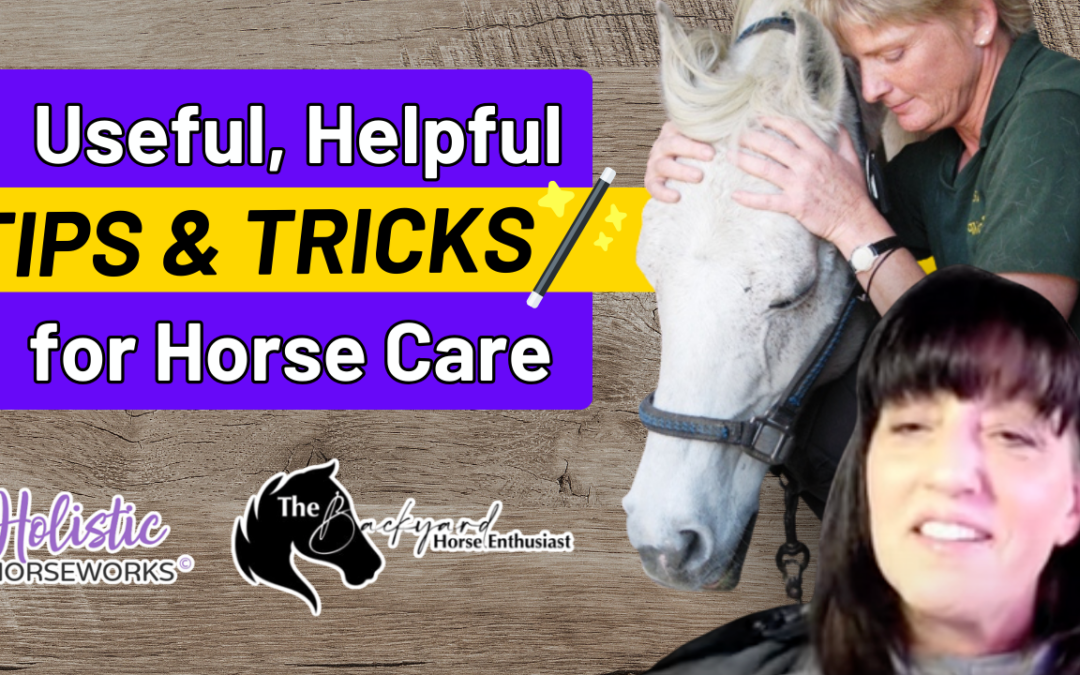
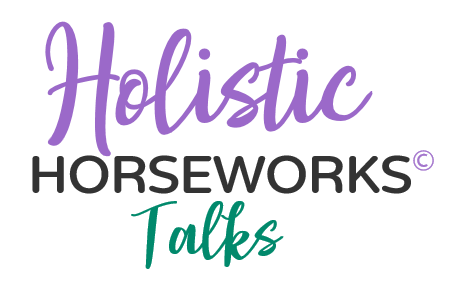

![Complete Level 1 & Level 2 Home Study + Private Training Package [NO DVD]](https://holistichorseworks.com/wp-content/uploads/2022/08/Level-1-and-Level-2-complete-home-study-and-training-package-400x400.jpg)
![Level 1 "Equine Musculoskeletal Unwinding" Home Study -Watch Instantly [NO DVD]](https://holistichorseworks.com/wp-content/uploads/2022/08/Level-1-Home-Study-400x400.jpg)
![Level 2 “CranioSacral Unwinding & Advanced Applied Kinesiology” Home Study - Watch Instantly [NO DVD]](https://holistichorseworks.com/wp-content/uploads/2022/08/Level-2-Home-Study-400x400.jpg)
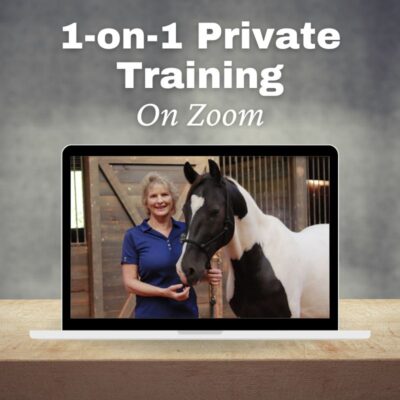
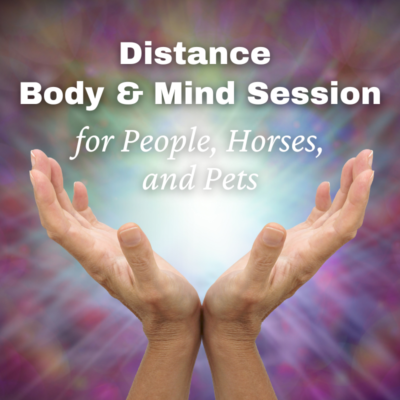

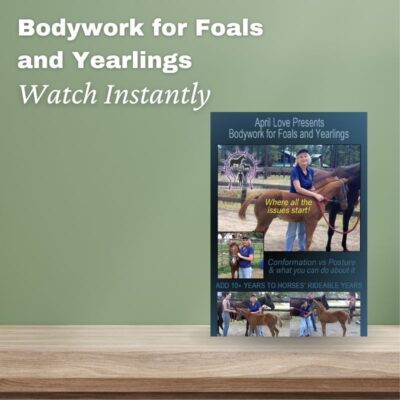
![Equine CranioSacral Energy Work -Watch Instantly [English and French]](https://holistichorseworks.com/wp-content/uploads/2022/09/equine-cranial-sacral-energy-work-watch-instantly-400x400.jpg)
